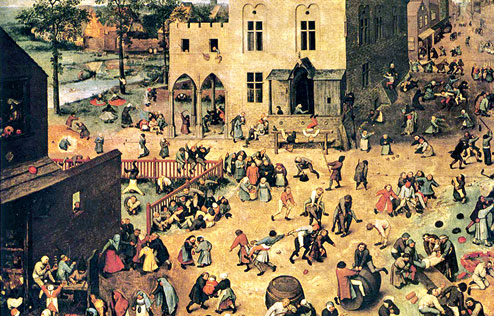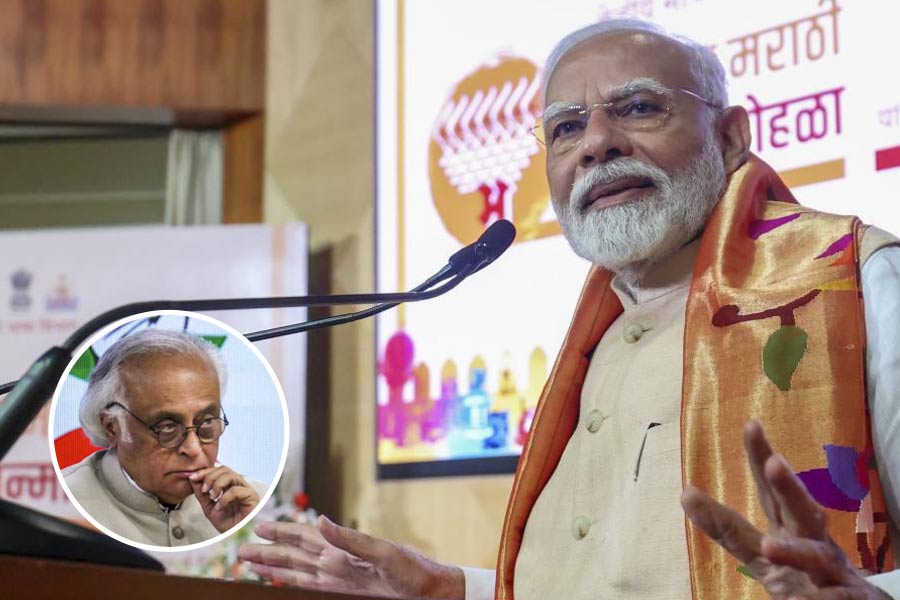When two eight-year-old boys committed a gruesome murder in the northern English town of Stockport 152 years ago, the coroner ruled that it isn’t the offender’s age but his “strength of understanding and judgment” that establishes the true “capacity to do evil or contract guilt”. By that yardstick, a youth aged 17 years, six months and 12 days must face up to the consequences of his action like any adult.
The dead coroner’s verdict still resonated in court when I was reporting a minor traffic case there 97 years later. A little girl with blonde ringlets and china-blue eyes who had witnessed the collision was asked what would happen if she told lies. “I’ll go to hell,” she replied solemnly. The butcher, the baker and candlestick-maker who were Stockport’s magistrates were deeply impressed. But the court clerk, a grizzled lawyer, asked the girl what would happen to her on earth if she lied. Taken aback, she fumbled for a reply, whereupon the clerk advised their Worships (as magistrates were addressed) she was not a fit person to give evidence.
He knew youth is not innocence. As the coroner pointed out, the two eight-year-olds who tortured and drowned a two-year-old child on 11 April, 1861, were well aware of the difference between right and wrong. By choosing a “secluded place” for their “horrifyingly brutal” deed and by keeping quiet about it, they had proved their “consciousness of guilt” beyond any doubt. My old paper, the Stockport Advertiser, reported that an angry murmur went through the packed courtroom when the boys were brought in. The coroner had to bring the crowd to order. Hundreds of others stood in the street outside in angry grieving silence. More than a thousand mourners lined the route to the cemetery.
Crime and punishment, and the criminal responsibility of juveniles, are sombre matters. As the term, “infants”, for minors indicates, British law tends to be indulgent to under-18s, though in the past a 14-year-old boy has been hanged for cutting down a tree, a 13-year-old deported to Canada, and a teenage pickpocket jailed 13 times and flogged four times. But the courts also once famously almost allowed a Cambridge undergraduate to escape paying for 11 fancy waistcoats he had bought. What cooked the boy’s goose was evidence that the waistcoats couldn’t be “necessaries” (for which minors needn’t pay) because his father had already bought him a lavish wardrobe.
In view of the tender age of the Stockport murderers, the coroner went out of his way to explain the law regarding their “capacity to commit the crime”. Before the age of seven, he said (now raised to ten in England and Wales but still eight under Scottish law) no infant can be guilty of, or punished for, a capital offence. But between eight and fourteen, “the presumption…that an infant is incapable of judging between good and evil can be rebutted by strong and pregnant evidence of a mischievous discretion”. It was such “mischievous discretion” that the two boys had exhibited. Their “strength of understanding and judgment” rather than their age proved their true “capacity to do evil or contract guilt”.
He told the jury that if they were satisfied the boys had killed the toddler and were capable of discerning good from evil, their verdict had to be “wilful murder, for there was nothing in the evidence to reduce it below that offence, and the case would then be dealt with by a higher tribunal”. The jury unhesitatingly returned a verdict of wilful murder and the boys were committed to assizes for trial. There, however, a judge who tempered the law with compassion directed the jury to return a verdict of manslaughter instead of murder. It took the 35 members of the jury only 15 minutes to do so.
Two other little boys who, 132 years later (November 24, 1993), abducted, tortured and murdered another hapless toddler aged two in what the trial judge called “an act of unparalleled evil and barbarity” were less lucky. A jury of nine men and three women returned a verdict of wilful murder against the 10-year-olds who had tugged their crying and confused victim two-and-a-half miles across a Liverpool suburb, smashed his skull with bricks, stones and a metal bar on a lonely stretch of railroad track, and tried to make it look like an accident. The judge told the boys they were both “cunning and very wicked” and should spend “very, very many years” in confinement, before the state concluded they had been rehabilitated and were fit for release. They became the youngest convicted murderers in modern English history.
None of the four killers, aged eight and ten, can be compared to a youth of nearly eighteen accused of rape, brutal violence and murder, and who, if reports be right, was the ringleader in a vicious attack on a defenceless girl. But there is one similarity. Friedrich Engels wrote in 1844 that Stockport was “renowned as one of the duskiest, smokiest holes in the whole of the industrial area”. William Blake’s dark Satanic mills, and the Stockport that Fairleigh Owen describes as “dirty, swarming with squalid and neglected children”, could be compared to the rural poverty of Badaun village in Uttar Pradesh or the dark lanes, communal taps and stinking sewers of Delhi’s Ravidas Camp bustee. But if eight-year-olds can have the “capacity to commit” murder and be capable of “judging between good and evil”, so can a man of nearly eighteen. As the Stockport coroner wisely put it all those years ago, it isn’t age that counts but “strength of understanding and judgment”. The latter establishes the true “capacity to do evil or contract guilt”.
Two other points deserve stressing. First, without compulsory registration of births in villages, an age certificate is not worth the paper it’s written on. Second, the United States of America, France and even Britain have tried minors in ordinary courts under normal laws if the crime is serious enough. Both the Stockport and Liverpool murder trials were conducted like adult trials. The judge addressed the Stockport eight-year-olds as “Prisoners at the bar”. The ten-year-old Liverpudlians sat on raised chairs so that they could see — and be seen — above the high dock railing. The judge ordered their names to be made public. The media also received police mug shots of the boys.
The sentences and aftermath are irrelevant. The Stockport case was too long ago. In the Liverpool murder, the judge, chief justice, home secretary and House of Lords appeal panel disagreed on the length of the jail term, but not on the decision to try them as adults. The emotional ruling by 14 of the 19 judges at the European Court of Justice at Strasbourg that “the public trial process in an adult court must be regarded in the case of an 11-year-old child as a severely intimidating procedure” went against the grain of opinion in Britain, where nearly 280,000 incensed signatories demanded the longest possible prison-terms for the boy-killers. It was reported in November, 2011, that one of them had tottered from crime to crisis since being let out on parole under an assumed name. His identity had to be changed four times. He would have to stay in prison for the foreseeable future. Even their parents had to change their names and go into hiding.
What matters most is that prosecution counsel had successfully rebutted the principle of doli incapax, which presumes the young are not legally responsible for their actions. That plea is like the definition of the Yiddish word, chutzpah, as a boy murdering his parents and then throwing himself on the court’s mercy as an orphan.










